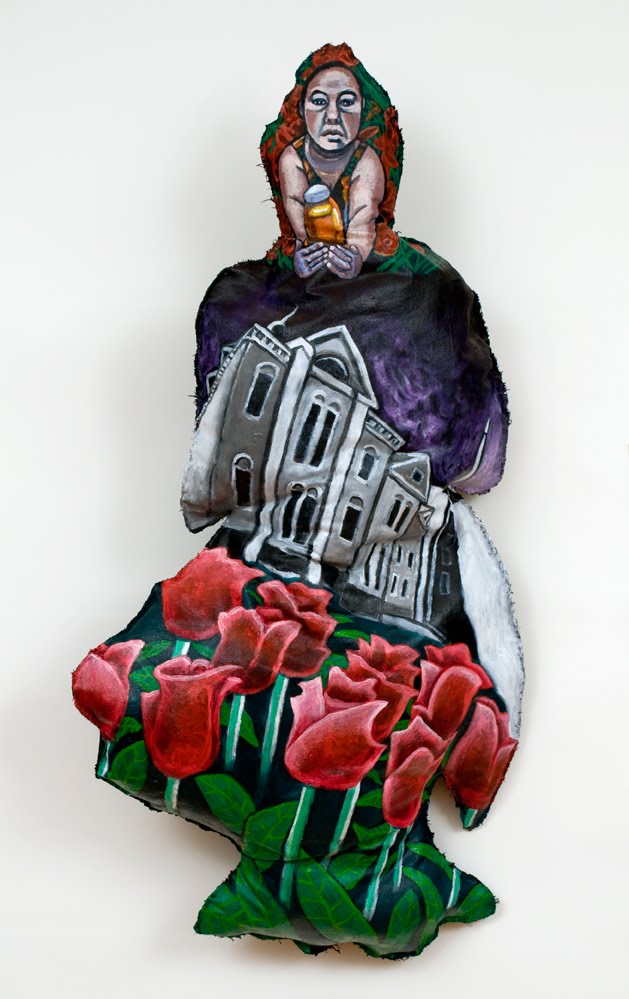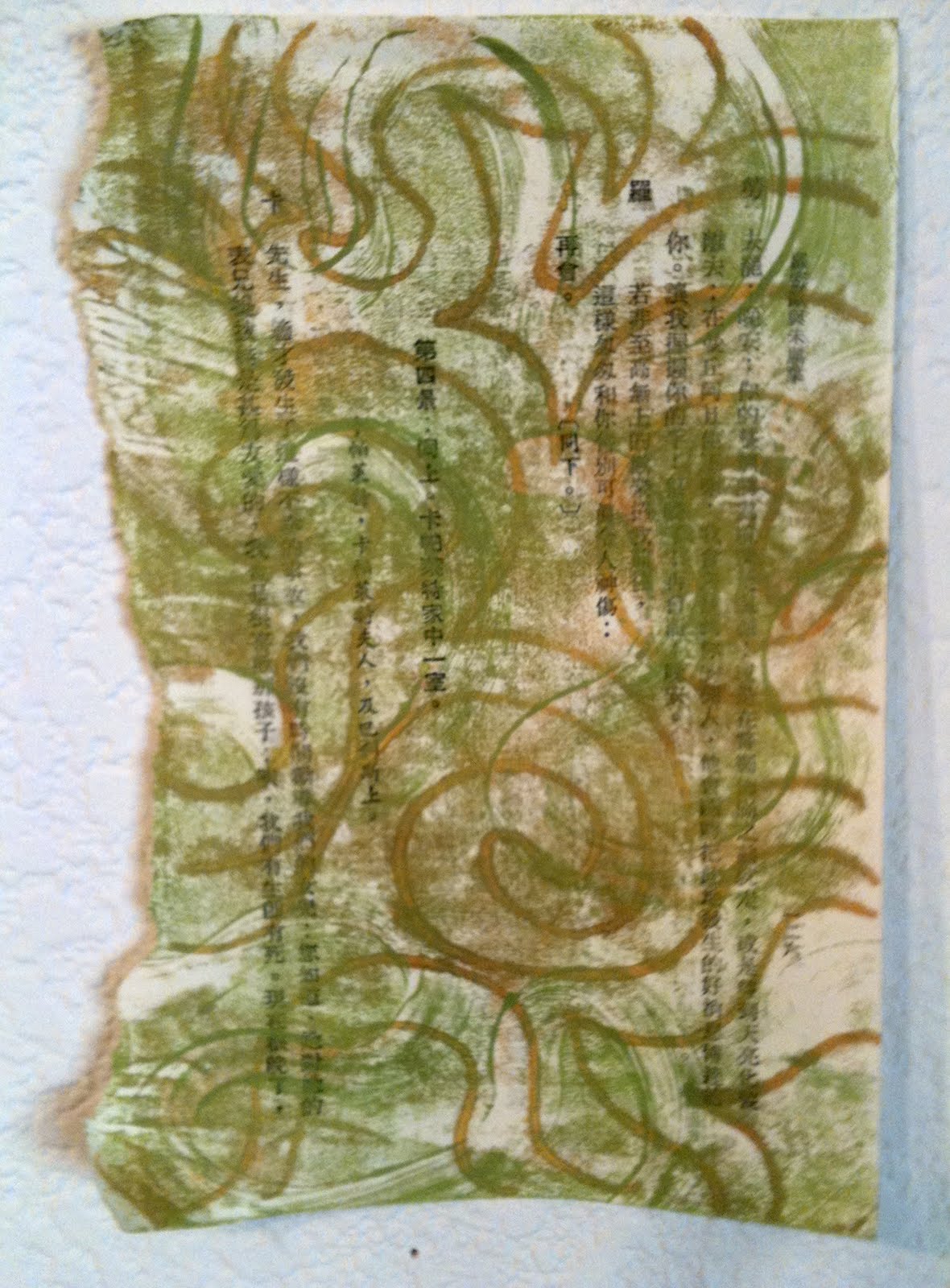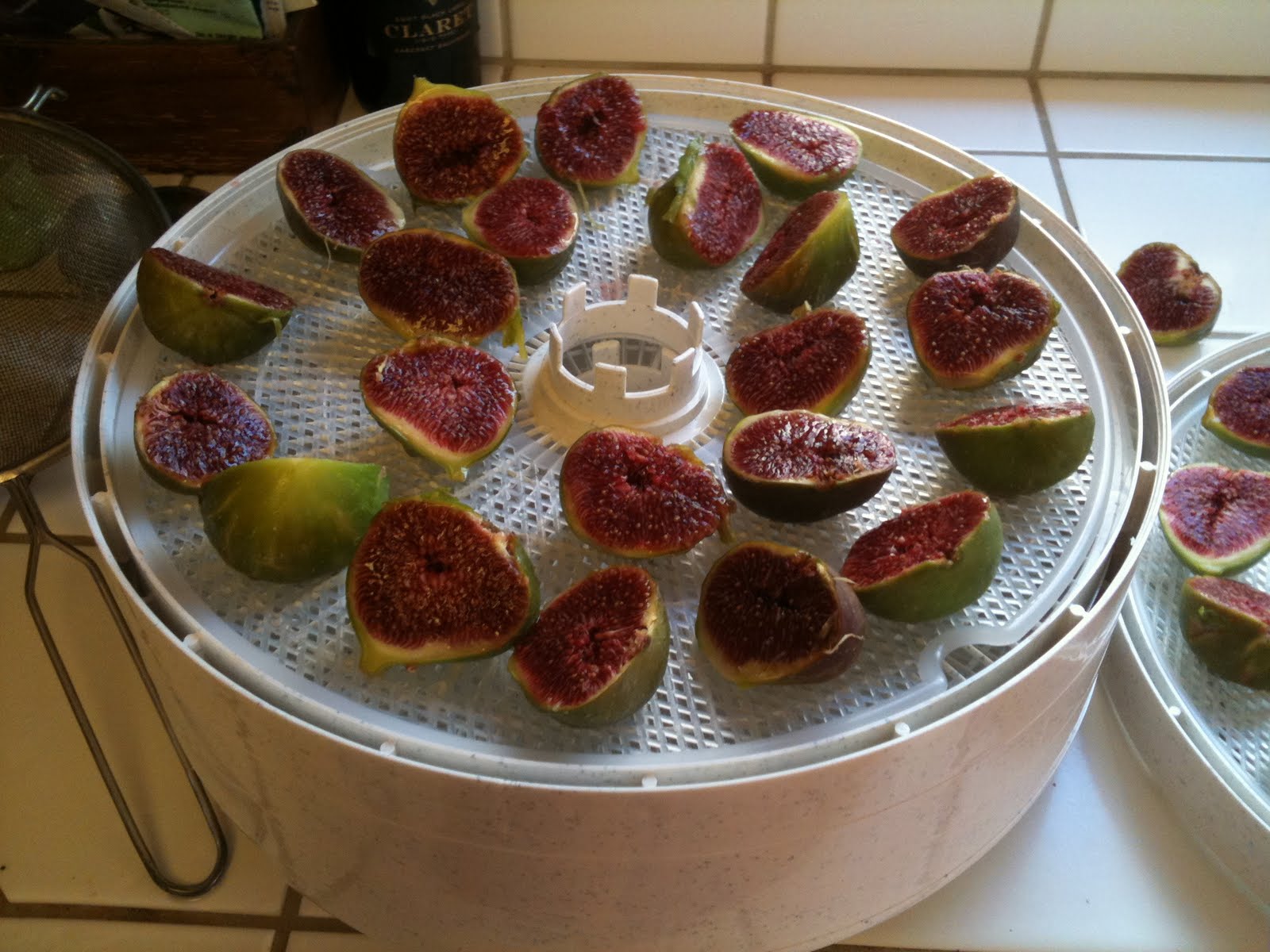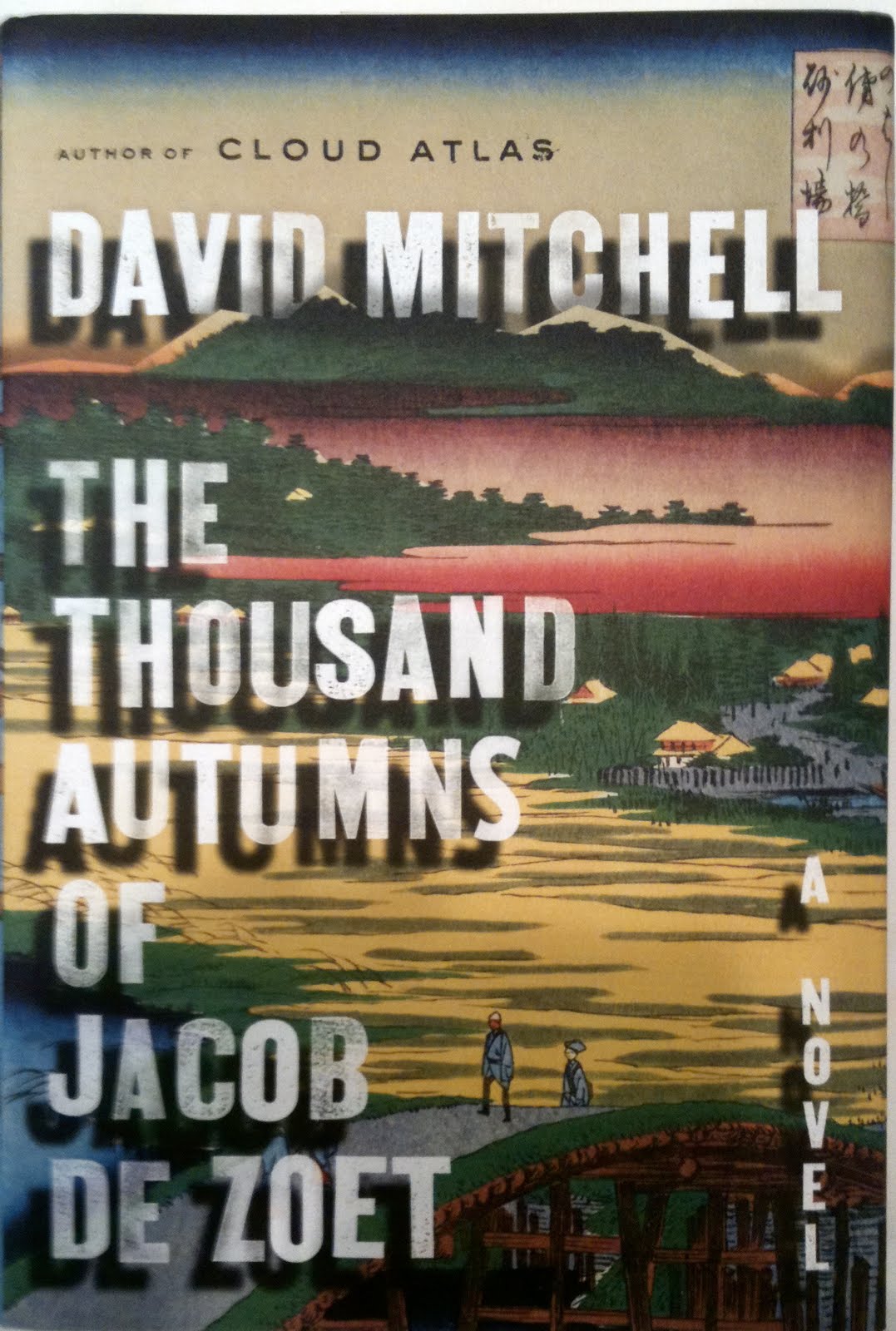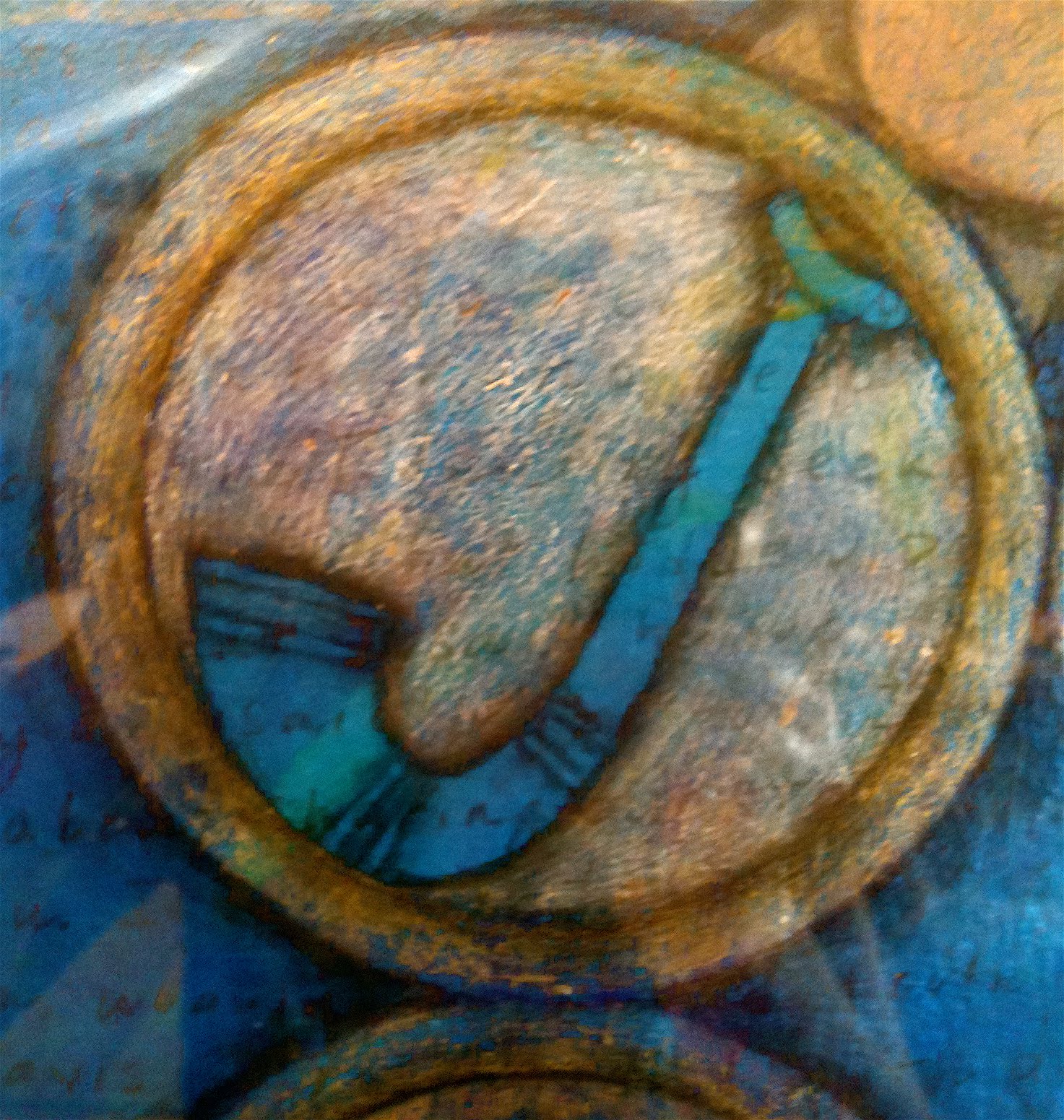 |
| Self-Portrait Praying #1 ©2008, Jane Zweibel Oil on sewn and stuffed canvas 40 x 24 x 12 |
The other week, I received an e-mail with a subject line that was strange to me: "B & B blog tour." A bed and breakfast tour on blogs? I was tempted to delete it right away, but somehow, the name of the person sending the note rang a bell: Kesha Bruce.
As a somewhat suspicious person, I'm inclined to ditch things first and get curious later, but in this case, I'm glad I didn't. It turned out that Kesha, a young artist living in New York City, was organizing a rather unusual series of artist exhibitions and she wanted to know if I'd write something about the artist.
"I don’t if you’ve stopped by my blog lately, but if so, you already know that I’m working on a really exciting project called Baang and Burne Contemporary We’re hosting a series of one-night-only art events where, unlike at a traditional art gallery opening, artists, art collectors, and members of our mailing list are invited to attend a small intimate exhibition event in a private home or a hotel suite. We have events planned for New York, Los Angeles, Chicago, and Portland."
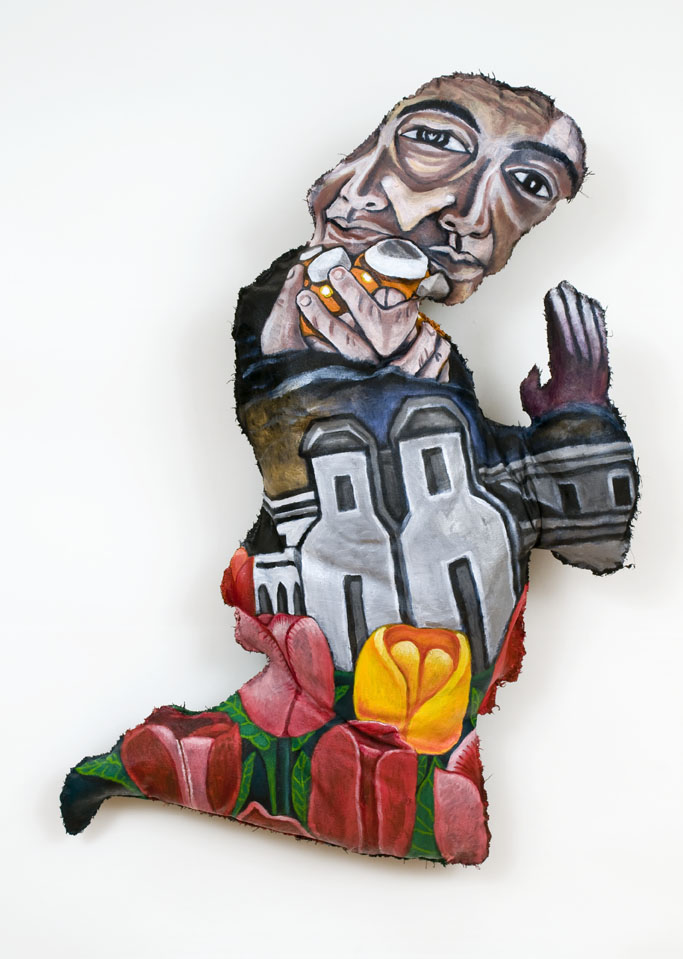 |
| Self-Portrait Praying #2 ©2008, Jane Zweibel Oil on sewn and stuffed canvas 40 x 28 x 12” |
"Small and intimate," that got my interest. Now to check out the artist--Stitched Identities by Jane Zweibel is the first in a series of Baang and Burne’s one-night-only art events.
Zweibel's "stuffed paintings" are sewn, stuffed, and lusciously painted sculptural objects that challenge and blur the boundaries of sculpture and painting. The resulting soft sculptures allude to childhood stuffed animals and dolls, while suggesting cartoon figures, spiritual icons, and effigies.
When I looked at Jane's work, I was struck by the strength of the painting countered by the fragility of the pillow form. (How many pillows have you seen coming unstitched at the edges?) My second sensation was that of discomfort--if I were to lie upon these stuffed sculptures, the surface would be hard, repelling.
Jane speaks to this, saying "these pieces are paradoxical, in that they both invite and repel touch...My hybrid personas embody the conflicts, losses and connections between childhood and adult lives."
 |
| Self-Portrait Praying #3 ©2008, Jane Zweibel Oil on sewn and stuffed canvas 48 x 26 x12 |
Zweibel's work appears to point to harsh and painful truths that we are faced with in urban life; abandoned, decaying buildings (which we can guess house similarly forgotten people) right next to beautifully painted spring flowers, alluding perhaps to flowers planted in a thriving suburb outside of the city where services are alive and tended to--or perhaps an allusion to spring and hope and all that flowers springing up out of the ground suggest.
I was fascinated to find as I read Jane's interview to find out that she works as an creative arts therapist.
"The materials and concepts I develop in my studio transforms into what I do with my clients as an art therapist. Conversely, my creative process is strongly influenced by my work as a mental health professional."
Her work suggests a direction that promises the flowers of hope that she depicts in her paintings; the blending of art and healing.

